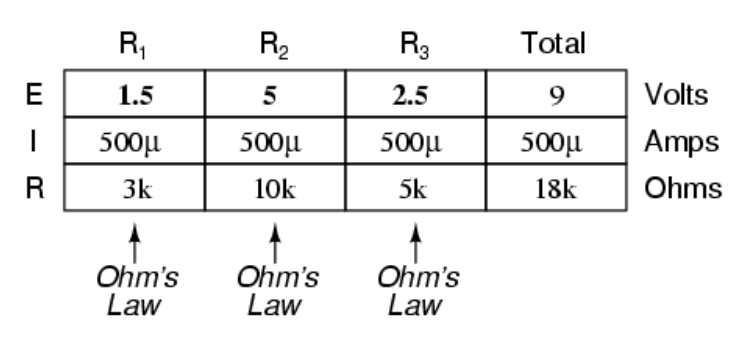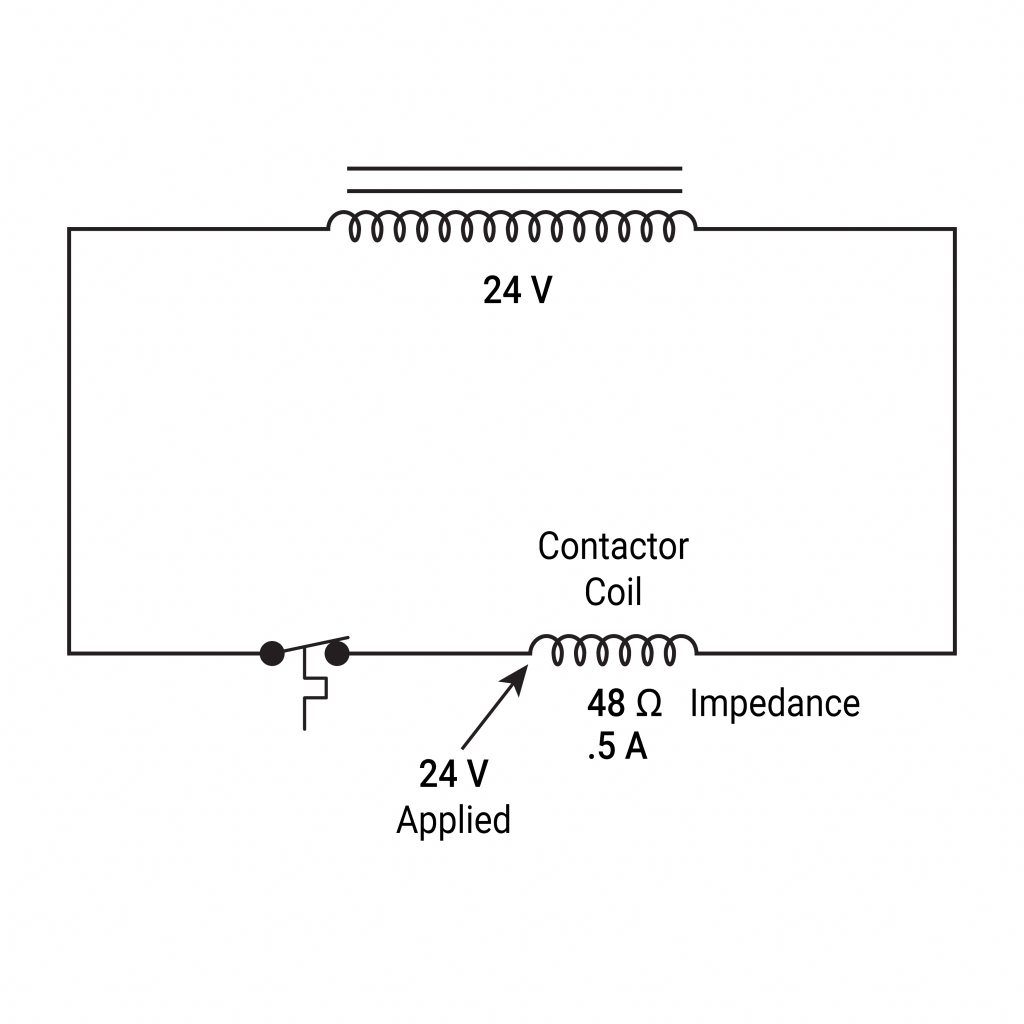Get Tech Tips
Subscribe to free tech tips.
Beware of “Ghost” Voltage

Disclaimer: “Ghost voltage” is a term used by techs to explain a phenomenon where they measure voltage they don't expect or when the voltage they see doesn't do the work they expect. More advanced techs know how to use the Lo-Z (low impedance) mode on their voltmeter if it has one to help eliminate this. The vast majority of what techs call “ghost voltage” is just a circuit with high voltage drop under load and not stray inductance from other conductors. I wrote this disclaimer so that more experienced techs can understand the context of this article.
This article serves two purposes. First, it is an article for technicians who have heard of the dreaded “ghost” voltage but never understood why it happens. Second, it's for my own apprentices and techs who I stumped this morning with a diagnosis problem that involved “ghost” voltage that they were unable to diagnose.
If they read my tech tips, they will get the answer… sneaky, right?
So, what is meant by ghost voltage?
In some cases, you will be diagnosing an electrical issue, usually a controls/low voltage issue. You will measure potential on a circuit, and then when the circuit is connected to the load, the voltage will disappear, like a “ghost.”
For example, you may be measuring 24v at a condensing unit on the “Y” contactor circuit when the conductor (wire) is disconnected. As soon as you connect it to the contactor/control board, the voltage “disappears” when measured across the load (across the contactor coil) or more simply from Y to C.
In other cases, the voltage may not disappear completely, it may just drop way down, or in other cases, the contactor may chatter, circuit board lights dim, etc.
I have heard all of these situations called “ghost” voltage, but they are actually just voltage drops, and these symptoms are caused by additional resistance in the circuit OTHER than the designed load.
Quick Note: there are also “induced” voltages that can appear as ghost voltage due to conductors running in parallel with other current carrying conductors. This is more common in commercial and industrial applications where many wires are bundled or in close proximity over long distances. These charges are usually small and often “disappear” under load.
Rarely do we want more than one electrical load (resistance point) in a single circuit. When this does occur, it is usually undesigned and caused by long wire lengths, improperly sized wire, and poor connections.
Now to CLARIFY, when referring to a circuit, we mean one complete path between electrically different points (say, L1 and L2 in single-phase 240 or 24v hot to 24v common on a control transformer). Some think of parallel circuits as a single circuit, but while they may share conductors, they have an individual load path.
To cut to the chase, whenever wire is undersized, runs of wire are too long, or the circuit contains poor connections, there will be additional resistance introduced to the circuit. When more resistance is added in places other than the load (in this case, a contactor coil), there will be a voltage drop. Therefore, the voltage applied to the load will be decreased. When a wire isn't connected to the load, this drop will be invisible because the load isn't in the circuit. Therefore, you are simply reading across the OTHER, unintended load (resistance), which will often be the full voltage depending upon the exact issue and when you are making the measurement.
In every complete and independent circuit, including a series circuit, the amperage is the same no matter where in the circuit you measure it. Before the load, between loads, after the loads—it doesn't matter. The amperage is dictated by the total applied voltage and the resistance (or, more accurately, the impedance) of the entire circuit.
The voltage applied to each load depends on the resistance of the load compared to the total resistance of the circuit. The example below shows that the amperage is the same on each load and is dictated to be 500 micro-amps because the total circuit ohms is 18,000.
The voltage drop of each load in series is equal to its percentage of the total circuit resistance. Since load R1 is 16.5% of the total resistance in the circuit, the voltage drop across R1 is 1.5V because 1.5 is 16.5% (0.165) of 9V.

There are a few other factors that make the trouble with voltage drop worse. Let's say you use an undersized wire to feed a lightbulb. An undersized wire means that the conductor has a lower ampacity (amp capacity) than it should have. Once the circuit is energized, the wire will begin to heat up; as it heats up, the molecules in the wire begin moving faster, increasing the wire's resistance. The greater the resistance of the wire, the greater the voltage drop across the wire, resulting in a hot, dangerous wire, increased voltage drop at the bulb, less light from the bulb, and decreased circuit amperage (less total work being accomplished).
In the case of many loads, including inductive (magnetic) loads like a compressor contactor, the resistance in the coil isn't just resistance that you can measure with the contactor de-energized. This resistance that is created within an electromagnet once it is energized is called “inductive reactance,” and it is measured in ohms of impedance. (Read more about inductive reactance HERE.) For the contactor coil to properly engage, it requires the correct applied voltage. Without the properly applied voltage, the resistance of the coil remains low. The diagram below shows a contactor coil circuit with no issues and a 0.5-amp current at 48 ohms.

When you add in a 200 ohm “bad connection” or any other type of resistance, not only does it create a huge voltage drop, but it also drops the impedance of the contactor coil itself, with the result being a very low applied voltage (3.13V) on the contactor coil with it connected and under load. Under these conditions, the contactor won't try to pull in at all. Under less extreme conditions, it may chatter or become noisy.

Now, this is a hypothetical situation, but you will notice that the poor connection is AFTER the contactor coil in what we call the common circuit in 24v controls. It doesn't matter WHERE resistance is added in the circuit, whether before the switch (in this case, a thermostat) on the line side or after the switch on the load side. It could even be in common or in the switch itself.
Anytime additional resistance is added to a circuit, it results in a voltage drop when the circuit is intact. When we disconnect wires to test voltage or test voltage with a circuit with an open switch, we can create confusion and observe “ghost” voltage. In reality, it is simply an extreme voltage drop caused by additional resistance in series with the load.
—Bryan











Comments
To leave a comment, you need to log in.
Log In